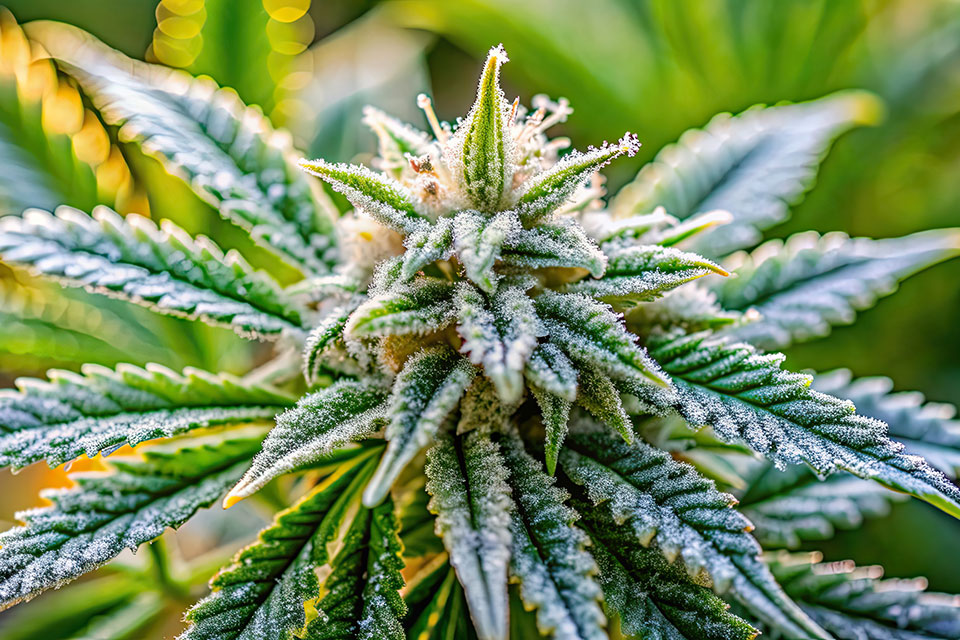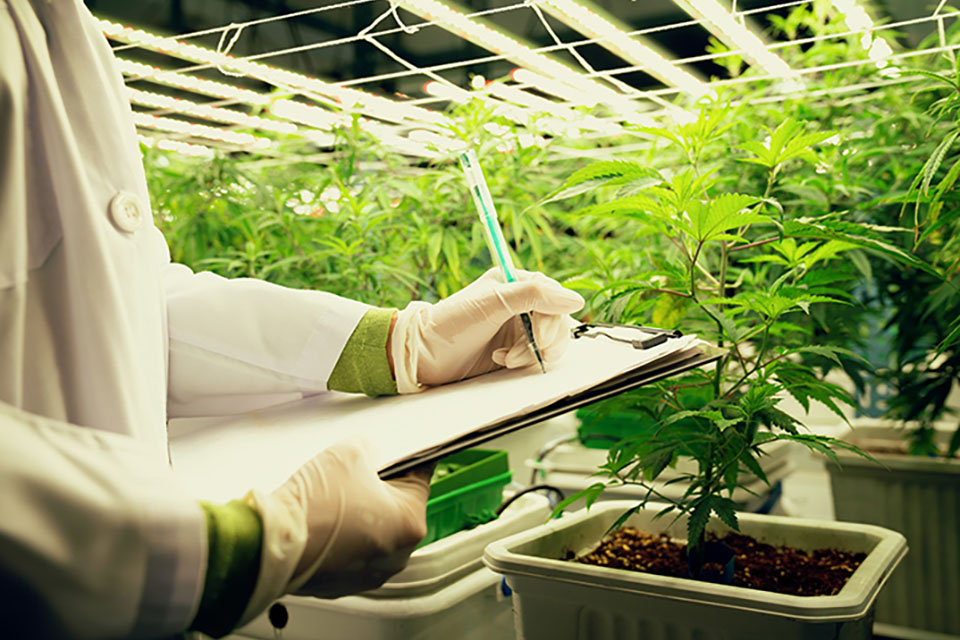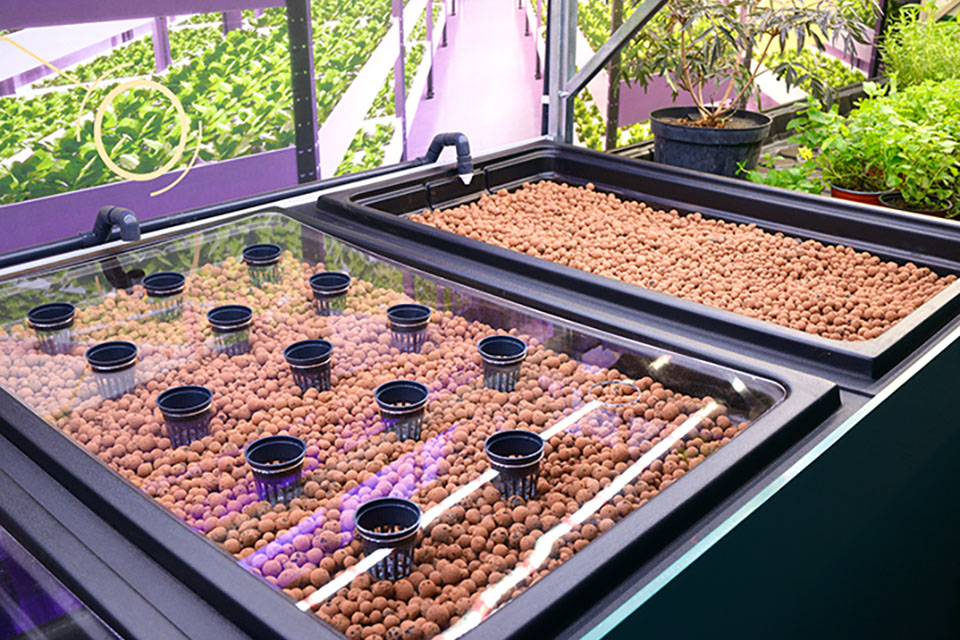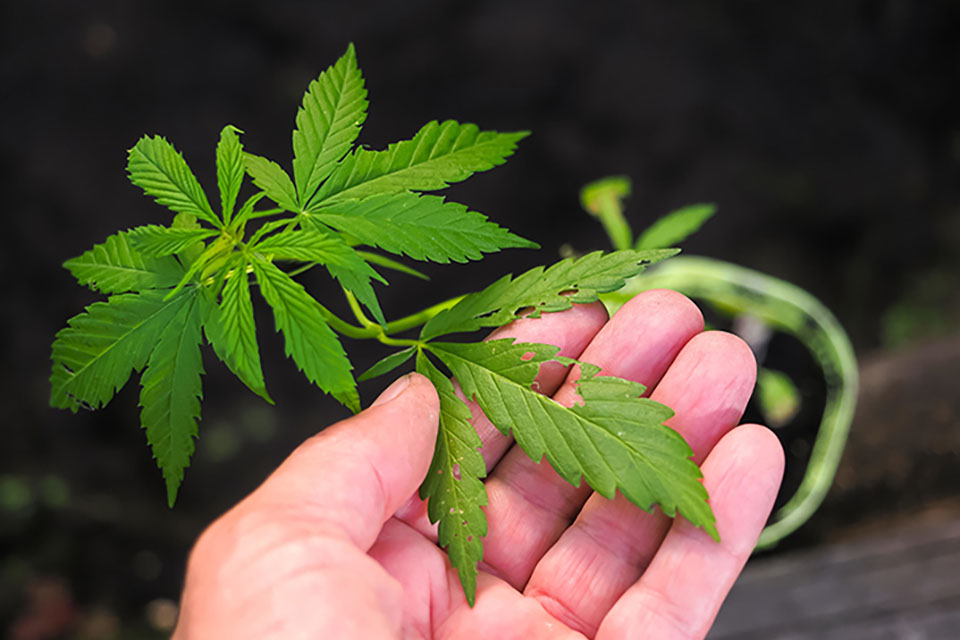Cannabis Trichomes 101: The Uses, Effects, and Purpose
Cultivators across the USA and Canada rely on trichomes to unlock better flavor and stronger potency. These crystal-coated resin glands do more than sparkle—they build the plant’s cannabinoid and terpene profile from the inside out.
So, what are the uses of cannabis trichomes? Trichomes drive cannabinoid production, signal the right harvest window, and form the foundation of top-shelf concentrates. When you understand how they work, you grow smarter.
What Are Cannabis Trichomes?
Trichomes are tiny, hair-like structures that cover the surface of cannabis flowers, leaves, and stems. These resin glands produce the cannabinoids, terpenes, and flavonoids that shape the plant’s effects, aroma, and flavor.
Trichomes serve as the cannabis plant’s biochemical powerhouse. As the plant matures, these glands ramp up production of THC, CBD, and aromatic compounds that define the final product.
Trichomes serve as the cannabis plant’s biochemical powerhouse. As the plant matures, these glands ramp up the production of THC, CBD, and aromatic compounds that define the final product.
For cultivators, trichomes offer more than visual appeal. They give clear signals about plant health, maturity, and potency. Trichome development directly impacts how strong and flavorful your harvest becomes. When you understand their purpose and growth patterns, you can time harvests precisely and elevate every batch you grow.
The Role of Trichomes in Cannabis Growth
Trichomes serve as the cannabis plant’s first line of defense. These resinous glands form a protective barrier against pests, UV light, and extreme temperatures. Their sticky texture deters insects from feeding or laying eggs, while their reflective surface shields plants from harmful rays.
They also help the plant retain moisture and stabilize its internal environment in harsh conditions. As the plant flowers, trichomes increase in density, signaling a critical phase in cannabinoid and terpene production.
Trichome development reflects the health of your growing environment. Dense, vibrant trichomes indicate that your plant thrives, while sparse or degraded trichomes suggest stress. When you monitor these changes, you gain powerful insight into how to adjust lighting, nutrients, and humidity for better outcomes.
Trichomes and Cannabinoid Production
Trichomes build the cannabinoids that drive a plant’s effects. Inside these resin glands, specialized cells convert plant precursors into THC, CBD, CBG, and dozens of other active compounds—the more robust the trichome coverage, the greater the potential potency of your flower.
As cannabis plants mature, these structures concentrate cannabinoids and terpenes into a dense outer layer. This natural chemistry shapes how the final product tastes, smells, and feels. If you want high-THC or balanced-CBD flower, your results depend on healthy, well-developed trichomes.
Growers who prioritize trichome health gain more control over the outcome of every strain. By optimizing light cycles, nutrients, and stress exposure, you can coax more resin from your plants and consistently harvest buds that hit your target profile.
Harvesting and Trichome Maturity
Trichomes show you exactly when to harvest. Their appearance signals the plant’s chemical maturity more reliably than pistil color or calendar dates.
Use a jeweler’s loupe or digital microscope to check trichome heads. Focus on the bulbous glands on the flowers, not the smaller ones on sugar leaves. Look for:
- Clear trichomes – immature, low in potency
- Cloudy/milky trichomes – peak cannabinoid content
- Amber trichomes – THC begins converting into CBN, which delivers more sedative effects
Most growers aim for a mix of cloudy and amber heads for a balanced experience. Wait too long, and potency drops. Harvest too early, and you miss the full spectrum. Watching trichomes closely leads to stronger, smoother, and more predictable results every time.
Enhancing Trichome Development
You control the number of trichomes your plants produce. Dial in your environment and technique to build dense, resin-rich buds that look, smell, and hit better.
Focus on these strategies:
- Optimize lighting: To stimulate resin production, use full-spectrum LED or HPS lights during bloom. UVB exposure during late flowering increases trichome density.
- Lower nighttime temperatures: A slight drop in temperature (5-10°F) between day and night boosts resin development without stressing the plant.
- Reduce humidity in the late flower stage: Keep relative humidity below 50% to trigger the plant’s natural defense response—more trichomes.
- Avoid overfeeding: High nitrogen in late bloom can stunt trichome output. Use bloom-specific nutrients with proper ratios.
- Flush before harvest: Clearing out excess salts sharpens terpene expression and improves trichome clarity.
Every step to support plant stress management and nutrient balance gives you bigger flavor, heavier frost, and a more rewarding final product.
Uses of Trichomes in Cannabis Products
Trichomes form the base of many cannabis products that growers extract or craft. Their dense resin contains the cannabinoids and terpenes needed to produce concentrates, edibles, tinctures, and topicals. Understanding how to separate and preserve trichomes lets you unlock more value from every harvest.
Cultivators commonly use trichomes to:
- Press rosin for solventless concentrates
- Infuse oils or butter for cooking
- Create dry sift or kief for sprinkling over flower
- Enhance homemade topicals with targeted cannabinoid content
Handling trichomes carefully during harvest and processing protects potency and preserves the plant’s full-spectrum effects.
Grow Smarter With Trichome Knowledge
Trichomes do more than decorate your buds—they shape the strength, taste, and effectiveness of your final product. When you understand how they grow, how to read their signals, and how to harvest at the right moment, you take complete control of your cannabis outcomes.
By focusing on trichome development and preservation, you elevate every crop from good to great. Apply what you’ve learned to sharpen your instincts, boost consistency, and build a more rewarding cultivating experience.




